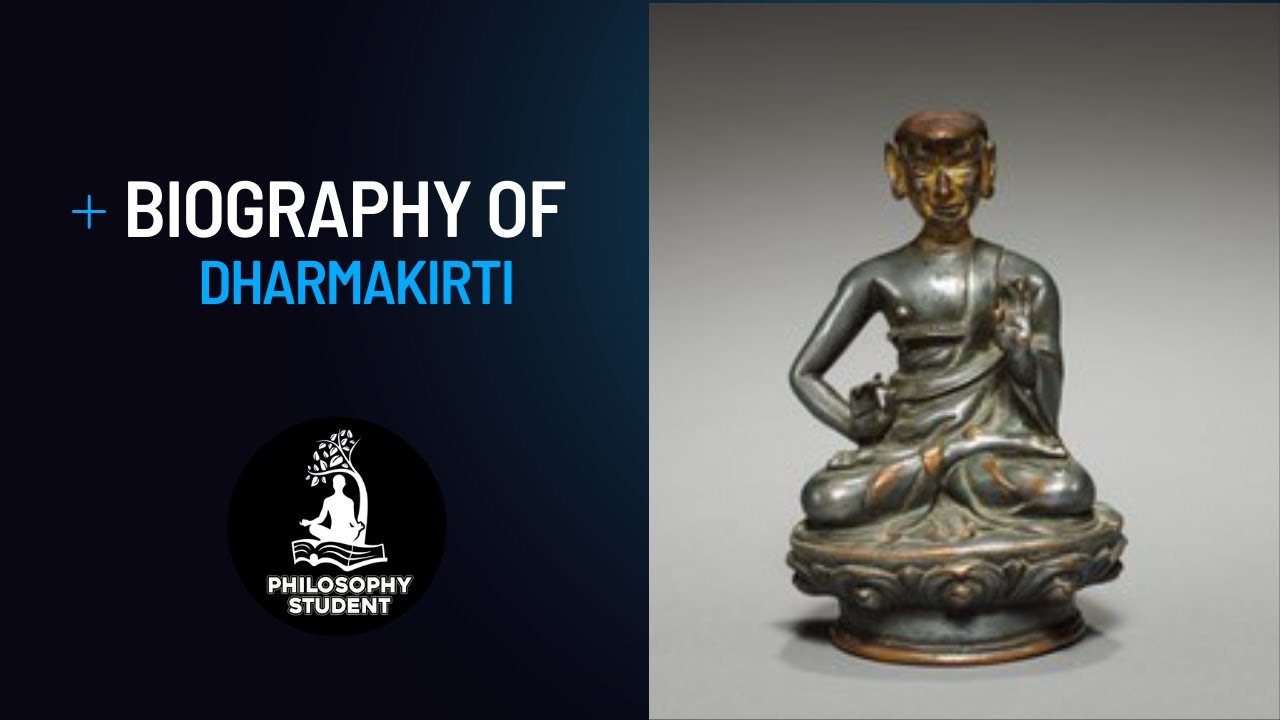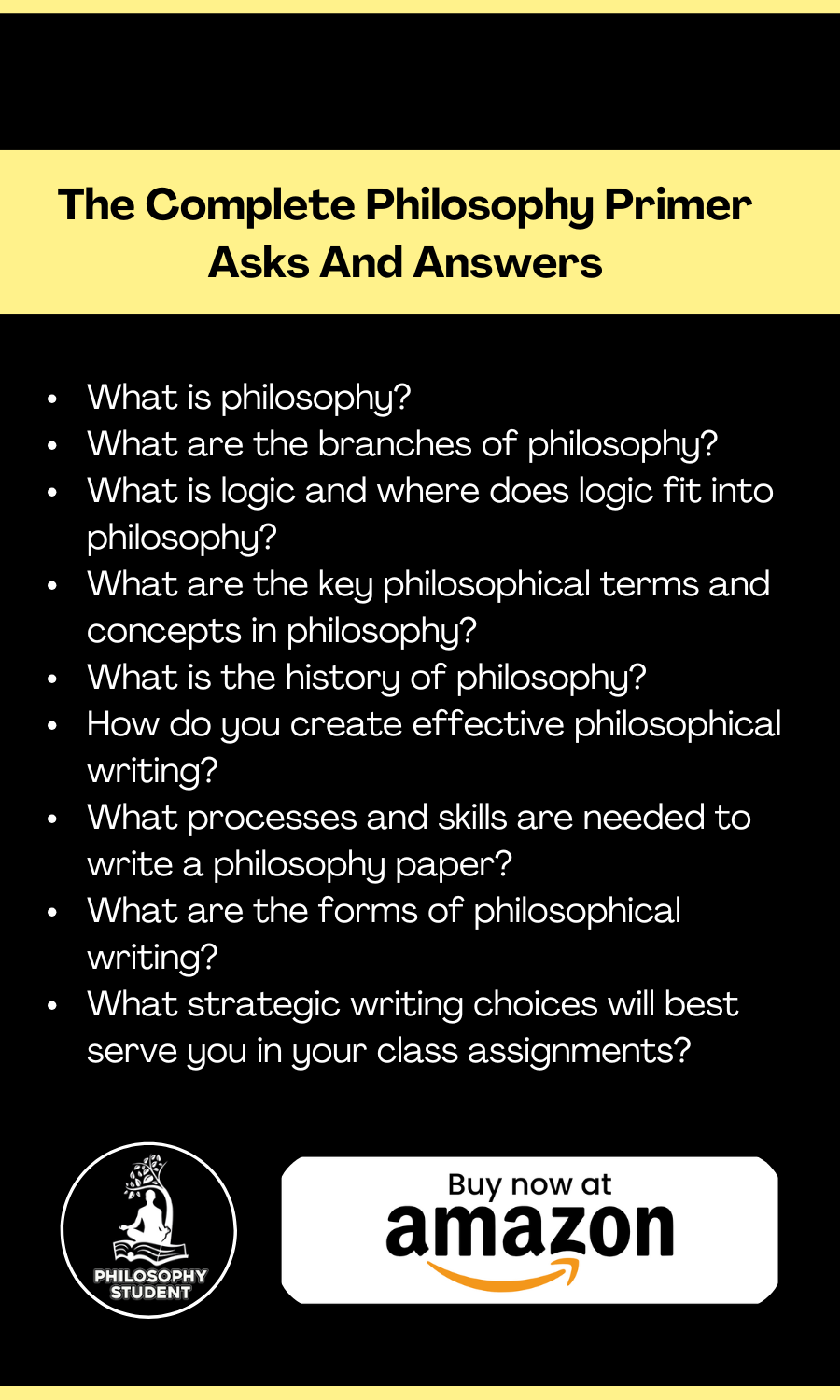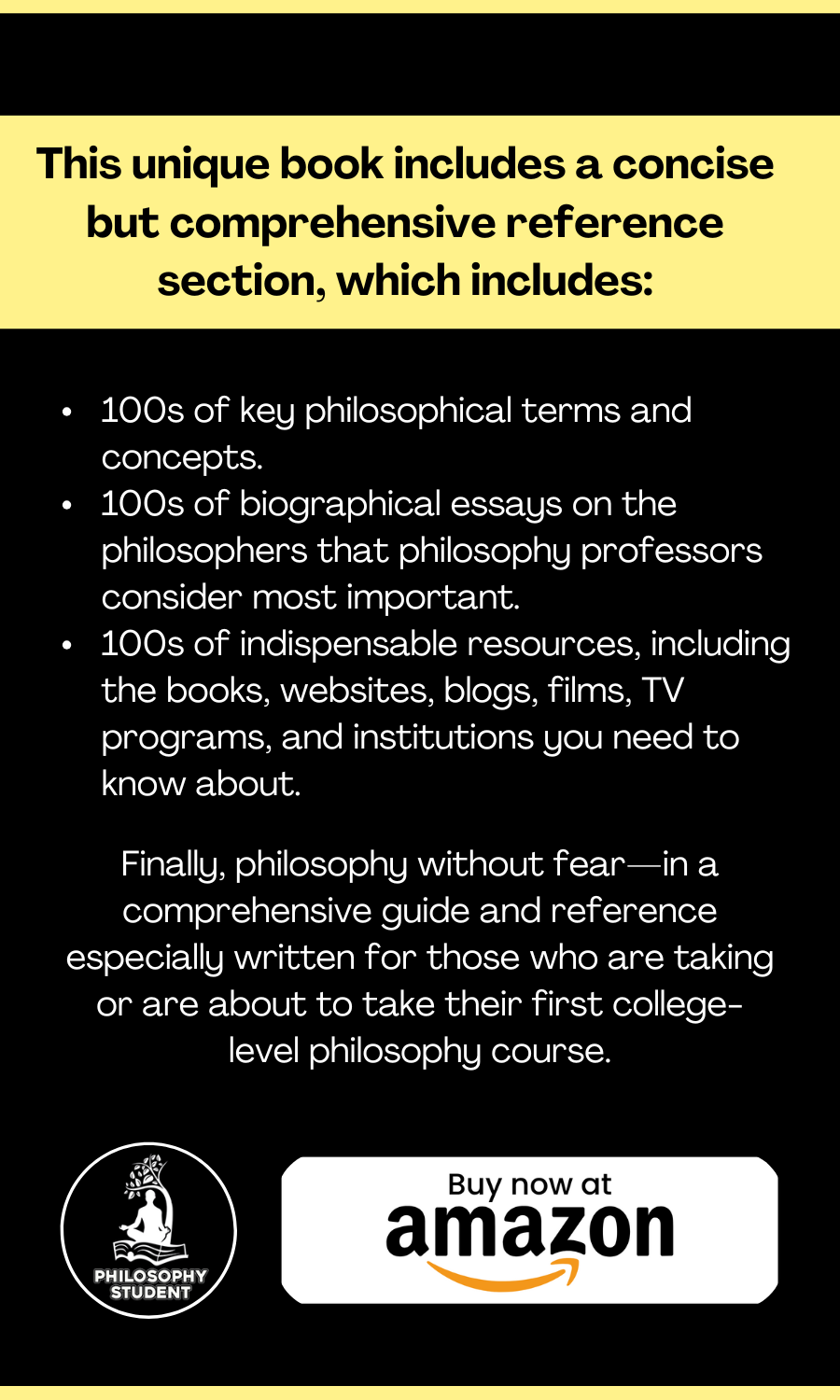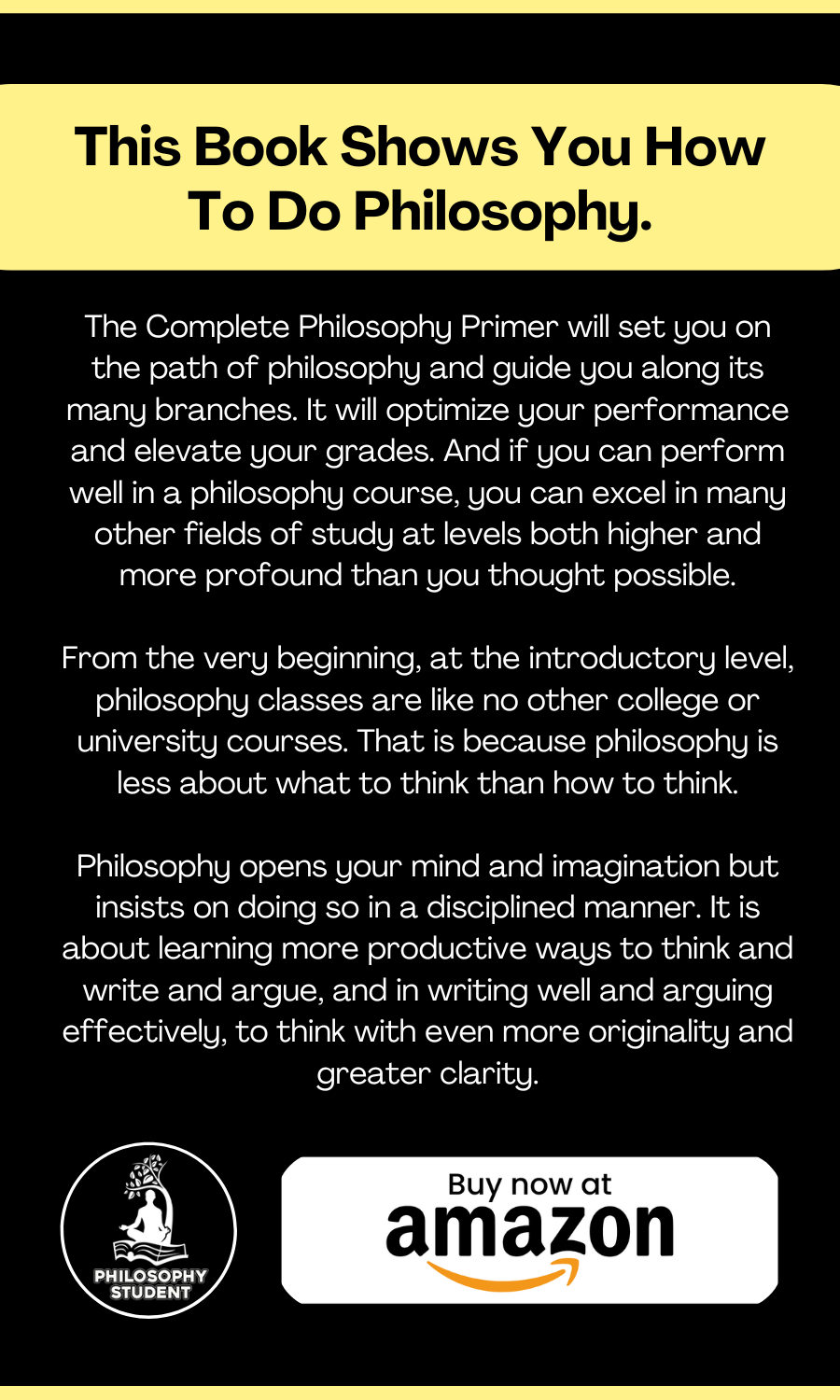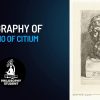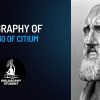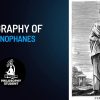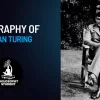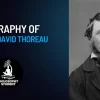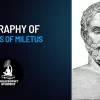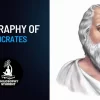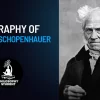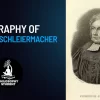Active in the sixth or seventh century, Dharmakirti was born, of the Brahmin caste, in southern India and is central to epistemological thought in Buddhist philosophy. His Pramanavarttika is considered the primary text on pramana (“valid knowledge instruments”). He is also regarded as a key theorist of Buddhist atomism. After some 1,400 years, his Pramanavarttika is still widely studied in Tibetan Buddhist monasteries.
Dharmakirti’s epistemology seeks to establish a theory of logical validity and certainty based on causality. He identifies only two valid instruments of knowledge: perception and inference. He defines perception as non-conceptual knowledge bound by causality. He defines inference as conceptual, reasonable, and linguistic. Although Buddhist scripture must be relied upon when considering such inaccessible things as the laws of karma, it is not an infallible source of knowledge, unlike perception and inference.
Dharmakirti’s epistemology must be apprehended in terms of his nominalist metaphysics, which denies the existence of universals as well as abstract objects. Dharmakirti asserts that the real is perceived only in its momentary particulars and that any concept of the universal is a fiction.
Both Dharmakirti’s epistemology and metaphysics relate to his belief in the theory of consciousness proposed by the sixth-century Buddhist logician Dignaga, namely that consciousness is non-conceptually reflexive, such that an act of intentional consciousness is aware of itself as being aware. Consciousness is thus self-illuminating, and an apparent object of cognition is neither external nor separate from the cognitive act. In this context, he wrote Substantiation of Other Mindstreams, arguing that “mindstream” has neither beginning nor end and yet exhibits a temporal sequence.
Dharmakirti’s most durable influence has been on the philosophical dimensions of Tibetan Buddhism. Of his life, virtually nothing known.

